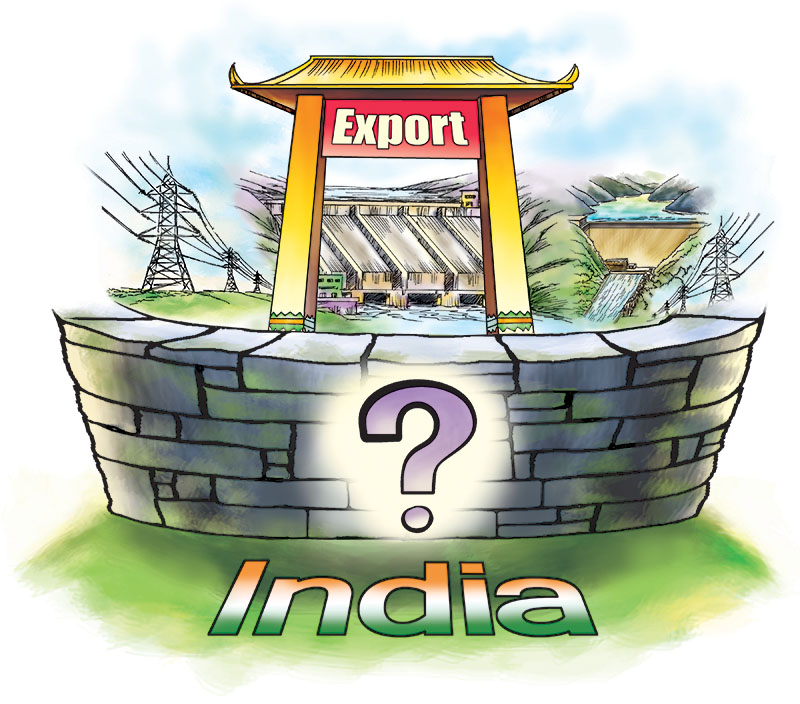World Bank helps strengthen cross-border electricity trade
Kathmandu, September 5
A higher level of electricity trade between Nepal and India has begun with the operations of the high-voltage Dhalkebar substation in southern Nepal, as part of a World Bank project to promote exchanges of electricity between the two neighbours.
The Dhalkebar substation, the first 220 kV substation in Nepal and the first interconnection between Nepal and India operating at this voltage level, is the main hub to receive electricity from India and transmit it to load centres throughout the country. When excess electricity is available in Nepal’s power system, electricity generated from various hydropower plants will flow to this substation via the Hetauda–Dhalkebar–Inaruwa transmission line currently under construction.
“The operation of the transmission line signals a more robust domestic transmission, and opens up immense possibilities of cross-border trade and electricity interchange,” a media release has quoted FarisHadad-Zervos, World Bank country manager for Nepal, as saying.
With the commissioning of the substation, Nepal has been able to upgrade its network capacity from 132 kV to the 220 kV voltage level. Works are ongoing to upgrade the Dhalkebar substation to 400 kV. The substation is part of the World Bank-supported Nepal-India Electricity Transmission and Trade Project that aims to establish a high voltage cross-border transmission link between India and Nepal of about 1,000 MW to facilitate electricity trade between the two countries.
Nepal currently generates 1,074 MW of electricity, far less than its potential of an estimated 40,000 MW and the national requirement of 1,508 MW. Increasing demand results in peak shortages of about 450 MW. The substation will help import about 300 MW of electricity, covering most of the peak shortages in Nepal.
“As the first interconnection between Nepal and India operating at 220 kV voltage level, it will be a challenging task to ensure power system stability and synchronisation with India’s electric power system,” said Rabin Shrestha, World Bank task team leader for the project. “However, the experience of operating this substation will enable the Nepal Electricity Authority to identify and rectify constraints in systems operation and gradually upgrade other concomitant substations to 220 kV as well,” he added.






